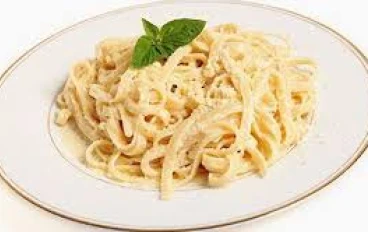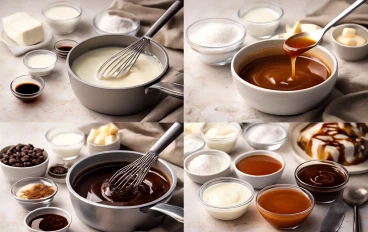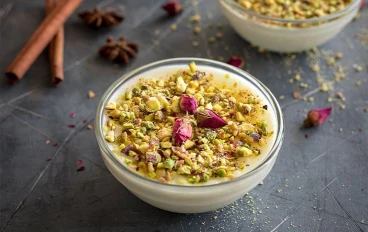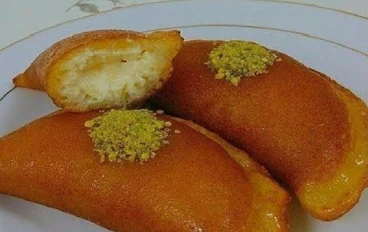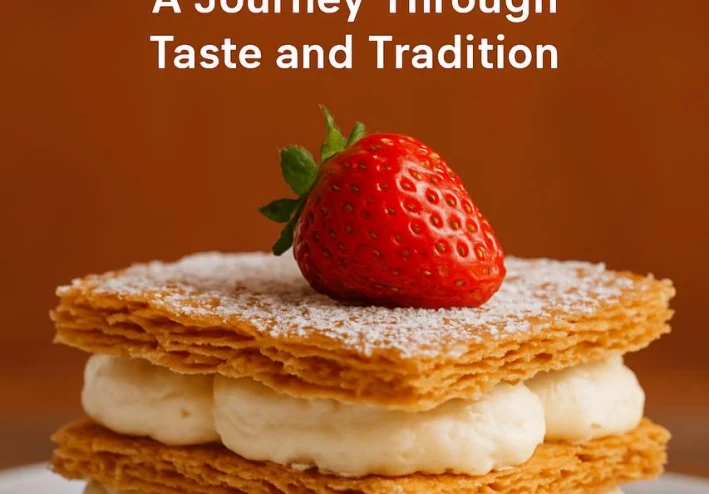
🍩 The Sweet World of Desserts: History, Culture, and Modern Trends
The Timeless Journey of Desserts
Desserts have always held a special place in human history, offering more than just sweetness. From ancient honey cakes to today’s over-the-top milkshakes, they represent culture, creativity, and the universal love for indulgence. Desserts are not only food—they are traditions, memories, and connections passed down from one generation to the next.
A Glimpse into History
The roots of desserts can be traced back thousands of years. Ancient Egyptians made honey cakes, while Greeks and Romans enjoyed sweetened breads with dried fruits and nuts. When Arabs introduced sugar to Europe, dessert-making transformed completely. By the Middle Ages, desserts became a symbol of wealth and were often reserved for royalty. With time, sugar became more affordable, and sweets spread into everyday households. This shift marked the beginning of a global dessert culture that continues to grow today.
Cultural Diversity in Desserts
Every culture tells a story through its sweets:
• France is famous for its pastries like éclairs, tarts, and macarons—desserts that combine elegance with precision.
• Italy is known for comfort classics such as tiramisu and cannoli, balancing creaminess with crunch.
• India celebrates joy with gulab jamun, laddoo, and jalebi, desserts often shared during festivals and weddings.
• The Middle East offers baklava, basbousa, and kunafa—rich, layered sweets full of nuts and syrup.
• The United States has global icons like apple pie, cheesecakes, and brownies, often tied to holidays and family gatherings.
This cultural variety highlights how desserts differ in style yet share a common goal: bringing joy and sweetness to people’s lives.
Desserts and Emotional Connection
Desserts are deeply tied to emotions and memories. A slice of birthday cake often recalls moments of childhood. The aroma of fresh cookies creates comfort and warmth, reminding people of home. Psychologists explain that sugar and chocolate release serotonin, a brain chemical linked to happiness. This explains why many crave sweets in stressful times—desserts provide relief, comfort, and even a sense of healing.
Beyond science, desserts carry sentimental value. A family recipe passed down for generations represents heritage. Sharing sweets with friends or loved ones can strengthen bonds and create long-lasting memories.
Modern Dessert Trends
Desserts have adapted to modern lifestyles and global influences. Health-conscious movements have led to sugar-free, gluten-free, and vegan desserts. Ingredients such as matcha, chia seeds, oats, and dark chocolate are now common in recipes that combine wellness with indulgence.
Meanwhile, social media has given rise to new dessert trends. Instagram-worthy cakes, rainbow-colored donuts, molten lava brownies, and “freakshakes” have become global sensations. Creative designs and visual appeal often make desserts go viral, proving that people eat with their eyes as much as with their taste buds.
Another growing trend is the fusion of flavors across cultures—like matcha cheesecake, churro ice cream sandwiches, or croissant hybrids (cronuts). These combinations reflect a modern world where culinary creativity knows no boundaries.
Desserts as a Symbol of Connection
Desserts unite people across generations and cultures. Traditional recipes connect us with our ancestors, while modern creations reflect creativity and change. Whether it is a wedding cake symbolizing unity, a festive sweet celebrating joy, or a simple cup of pudding shared at home, desserts bring people together. In many cultures, offering dessert is more than a gesture—it is an act of hospitality, love, and care.
Conclusion
Desserts are far more than sugary treats. They are cultural expressions, emotional experiences, and creative masterpieces. From ancient honey cakes to viral social media trends, desserts continue to evolve while preserving their timeless purpose: spreading happiness. As long as people seek joy, comfort, and togetherness, desserts will remain a universal language that connects us all.

























